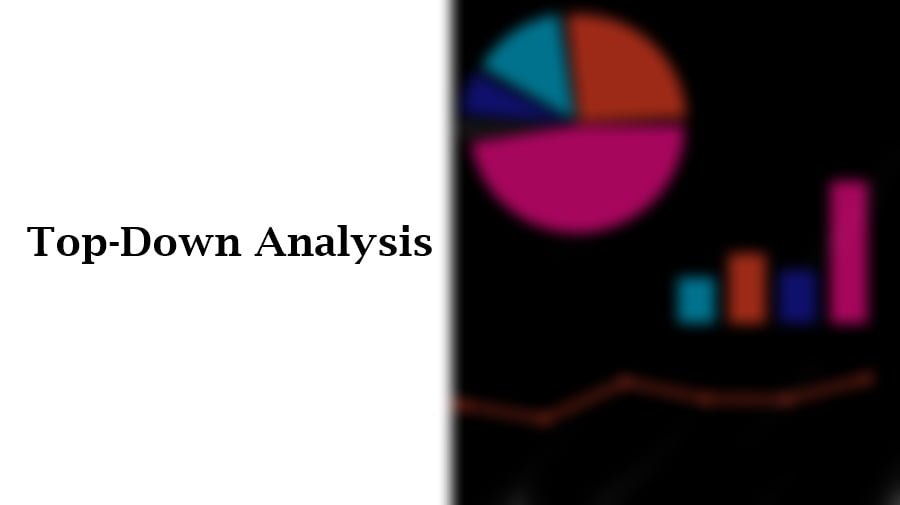
Table of Contents
Introduction
Trading in financial market varies with its centralized and decentralized nature. Centralized markets are centered around one central exchange like NYSE. On the other hand, Forex and Crypto markets are best example of decentralized market. Centralized markets have typically fixed timings.
Decentralized markets are highly accessible to traders/investors around the world. There the major problems arise because most of the knowledge available to trading/investing is related to centralized market and fundamental in this helps them to invest well in the company.
There are multiple ways to get success in the market. This guide to trading and investing emphasizes on the combination of fundamental data with technical analysis of the market. In this writing, we explore three questions (what, when and how to trade) that helps trader in executing first step in trading and investment. We also elaborate how fundamental analysis helps in Forex and Commodity market and how long-term perspective can be extracted through Technical Analysis.
Multiple ways to answer the Questions
After opening the charting platform for market analysis, we get confuse what to trade and what we are going to avoid because we see a list of financial instruments (regardless of centralized or decentralized). There we need guide to trading and investing. This guide directs us to rely on fundamental analysis that helps in selecting the right financial instrument for investment.

Fundamental Analysis helps us to choose what to trade and which financial instrument we will avoid. Top-down approach helps in this regard. Fundamental Analysis and its two strategies are designed to answer what to and how to trades. After careful selection of companies (it answers what to trade), we prepare ourselves to follow whether value investing or growth investing strategy to invest in such stock (it answers how to trade. However, it is important to remember that fundamental analysis alone cannot help you to invest confidently. Perfect entry in any stock is equally important because we also have to manage risk.
Technical analysis provides us the opportunity to place perfect and accurate entries and saves us from unimportant volatility. Accuracy in technical analysis gives us entry with low risk (it answers when to trade). Most of the time overall perspective of market is in investors favor, but imperfect entry puts them in sideway market or correction phase of market.
Remember, fundamental analysis is mostly used for understanding of long-term perspective of the market. Using it for short term trading may cause you loss or no profit, if you are against the trend. For trading against the trend, you must have a huge experience in trading using technical analysis, and your holding strategy for any stock would be different.
Fundamental Analysis of Forex Market
These two types of analysis work the same in FX market but they way the market is perceived is different. In Fundamental Analysis, we first select the currency and then we see the overall economic condition of a country. In this analysis, there is not financial analysis of balance sheets, cash flow etc. There are economic indicators mostly watched by investors.
Major of these economic indicators are:
- Interest rates of a country
- CPI inflation
- GDP of country
Because of the risk associated with forex market, it is not suitable for all investors. The news is mostly watched by traders and investors and volatility at that time is high. Apart from these, there are other things considered by investors like geo-political events, employment data, and news releases.
Analysis of long-term perspective
Apart from fundamental analysis, technical analysis plays an important role in analyzing the longer-term perspective of the market. Order Flow trading helps in modern trading. A sharp trader combines multiple things together for better result. Order flow is the amount of market orders that is waiting for execution at certain price level.
Our ultimate aim is to find out the supply and demand imbalances and develop logical bias. Supply and Demand analysis on chart enhances our ability to predict the next movement of the market. Supply and Demand can be analyzed through various methods. There is no rigidity in Supply and Demand analysis. Traders use various tools, methods and strategies to analyze market accurately.
Most traders lose confidence when they see the variables in trading. However, better education plus psychology plus patience is requisite in trading. Don’t get yourself intimidated with the dynamic nature of the market.
Concluding Remarks
These are introductory paragraphs which will be discussed later in this website. Basic understanding of little difference in financial instrument is a fundamental thing. These little difference in financial instrument create difference in their analysis. Timing is also an important factor in this regard. Timing of centralized and decentralized markets also differs. However, technical principles are almost same in financial instrument except candlestick charting techniques because of gaps up and gaps down. In simple having the right guide to trading and investing directs us right and helps to succeed in the market.
Frequently Asked Questions (FAQs)
What is technical analysis in trading?
Technical analysis is a method of evaluating securities by analyzing statistical trends from trading activity, such as price movement and volume. It uses charts and other tools to identify patterns and trends that can predict future market behavior.
What is fundamental analysis in trading?
Fundamental analysis involves evaluating a security’s intrinsic value by examining related economic, financial, and other qualitative and quantitative factors. It considers factors such as company earnings, industry conditions, economic indicators, and management quality to determine the true value of a security.
How does fundamental analysis help in determining what to trade?

Fundamental analysis helps in determining what to trade by assessing a security’s intrinsic value and growth potential. This involves analyzing:
Financial Statements: Reviewing income statements, balance sheets, and cash flow statements to gauge a company’s financial health.
Economic Indicators: Considering macroeconomic factors like GDP growth, interest rates, and inflation.
Industry Analysis: Evaluating industry trends and competitive dynamics to identify strong sectors.
Company Management: Assessing the quality and performance of a company’s leadership team.
How does technical analysis help in determining when to trade?

Technical analysis helps in determining when to trade by providing entry and exit signals based on price movements and indicators. Key tools include:
Moving Averages: Identifying buy and sell signals when short-term and long-term moving averages cross.
Relative Strength Index (RSI): Gauging whether a security is overbought or oversold.
Candlestick Patterns: Recognizing reversal and continuation patterns that indicate potential market moves.
Can technical and fundamental analysis be used together?
Yes, many traders use a combination of technical and fundamental analysis to make more informed trading decisions. This approach, known as “fusion analysis,” allows traders to:
Confirm Signals: Use fundamental analysis to confirm the signals generated by technical analysis.
Time Entries and Exits: Use technical analysis to time trades based on fundamental insights.
Diversify Perspectives: Gain a more comprehensive view of the market by considering both price action and intrinsic value.
I’m Abdullah Shah, a content writer with three years of experience in crafting engaging and informative content. My background in market analysis complements my work, allowing me to create content that resonates with audiences. I’m also a seasoned practitioner in the forex and crypto markets, with a strong foundation and deep interest in finance. My passion for the financial world drives me to produce content that is both insightful and valuable for those interested in understanding market trends and financial strategies.





